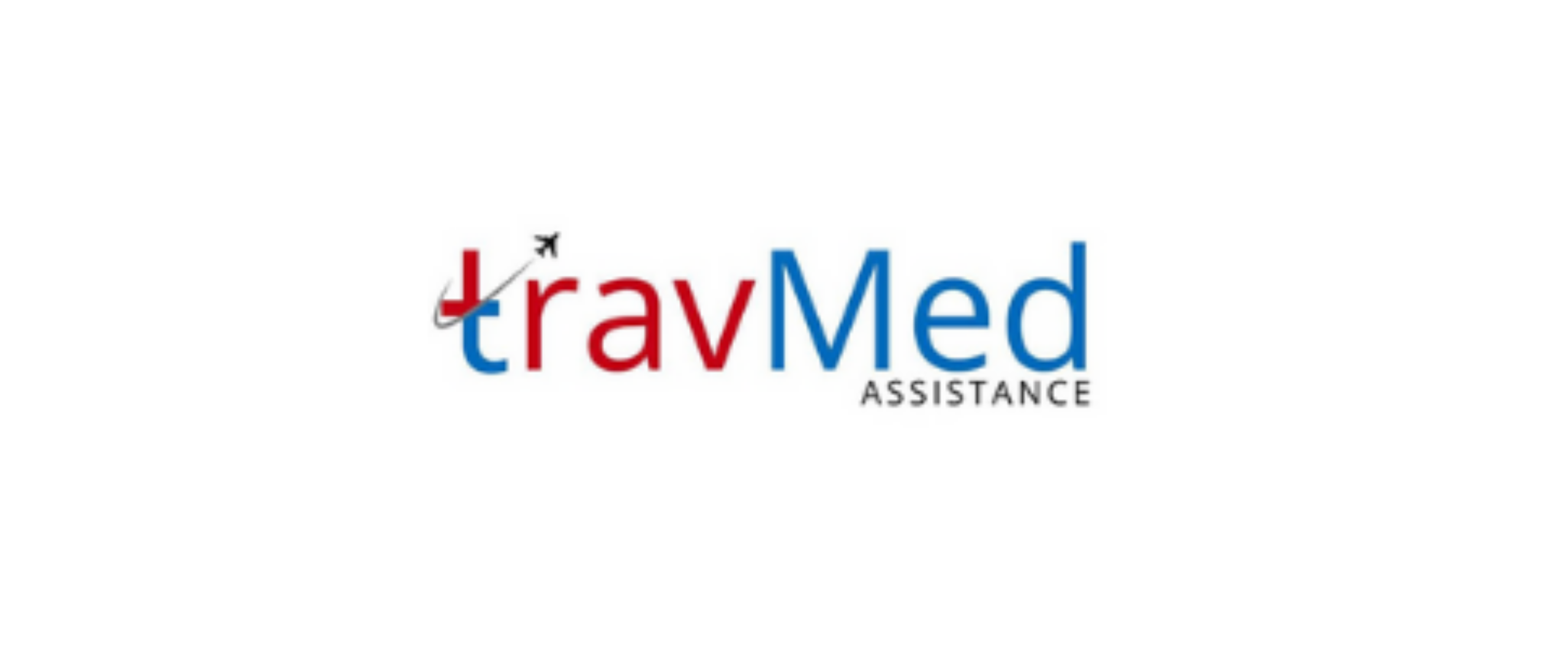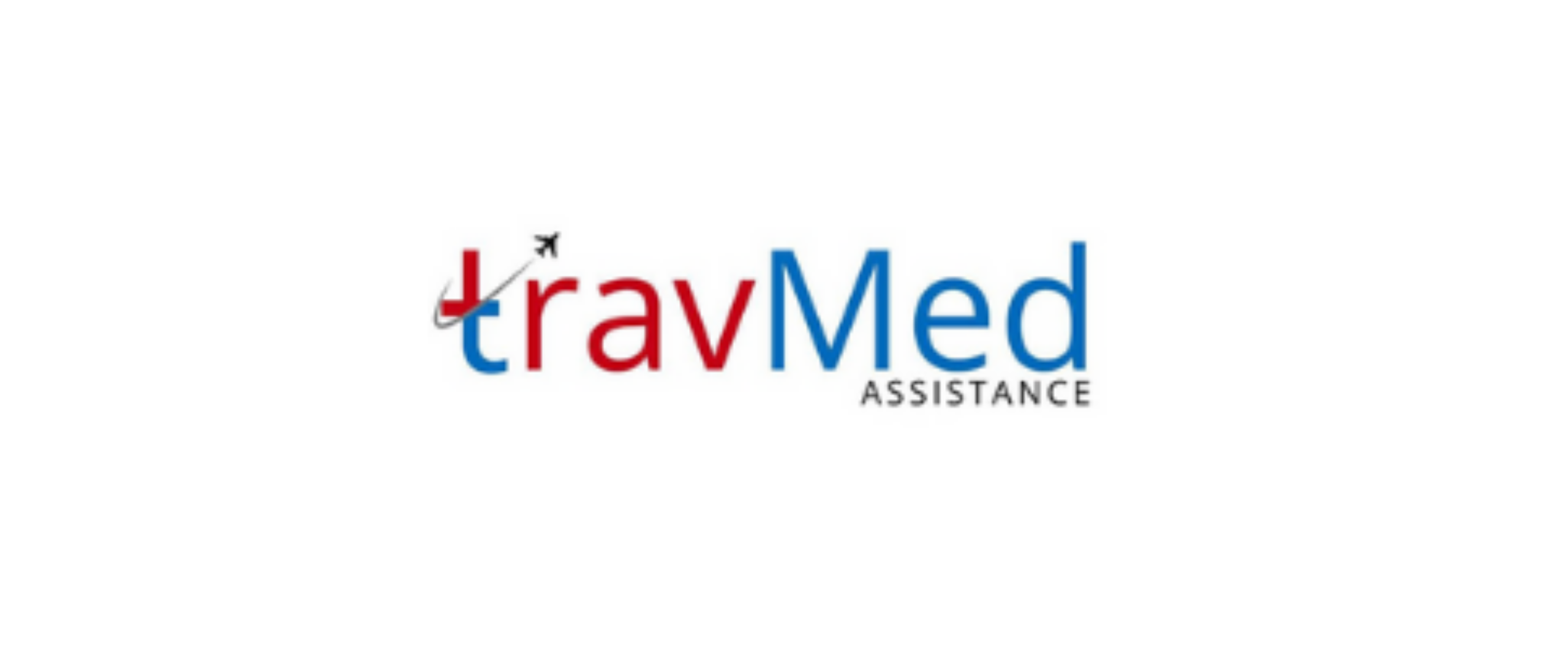
What is medical assistance in Nepal?
Medical assistance in Nepal encompasses a range of services designed to support patients and healthcare providers in managing medical care effectively. These services include coordinating medical treatments, arranging hospital admissions, facilitating medical evacuations, and providing guidance on local healthcare facilities. In Nepal, medical assistance often involves bridging the gap between international standards and local healthcare capabilities. Organizations offering medical assistance in Nepal typically employ a network of medical professionals, including doctors, nurses, and healthcare administrators, who work together to ensure patients receive appropriate care. These services are particularly valuable for foreigners, expatriates, and travelers who may be unfamiliar with Nepal’s healthcare system and require support in navigating medical situations in an unfamiliar environment.
Who provides cost containment services?
Cost containment services in Nepal are provided by specialized companies, insurance firms, and third-party administrators (TPAs). These organizations work closely with healthcare providers, insurance companies, and patients to manage medical expenses effectively. Some prominent providers of cost containment services in Nepal include international assistance companies like International SOS, Travmed Assistance, and Europ Assistance. Local Nepalese companies such as Paramount Health Services and Insurance TPA Nepal also offer these services. Additionally, many international insurance companies have their own cost containment departments or partner with local providers to offer these services to their policyholders. These providers employ medical professionals, claims specialists, and negotiators who work together to review medical bills, negotiate rates, and ensure that charges are reasonable and customary for the services provided.
How does medical assistance work?
Medical assistance in Nepal operates through a coordinated system involving multiple stakeholders. When a patient requires medical help, they or their representatives contact the medical assistance provider. The provider then assesses the situation and coordinates with local healthcare facilities to ensure appropriate care. This process typically involves:
- Initial contact and assessment
- Coordination with local medical facilities
- Arrangement of medical appointments or hospital admissions
- Monitoring of patient’s condition and treatment progress
- Facilitation of medical evacuations if necessary
- Coordination with insurance providers for coverage and payments
- Provision of translation services if needed
- Arrangement of follow-up care and repatriation
Medical assistance providers in Nepal maintain a network of vetted healthcare facilities and professionals to ensure quality care. They also offer 24/7 support, often through multilingual call centers, to address medical emergencies and inquiries promptly.
What is the process for cost containment?
The cost containment process in Nepal involves several steps aimed at managing and reducing medical expenses while ensuring quality care. The typical process includes:
- Case notification: The patient or insurance company informs the cost containment provider about the medical case.
- Medical review: A medical professional assesses the case to determine the appropriateness of treatment and expected costs.
- Provider selection: The cost containment service identifies suitable healthcare providers based on quality and cost-effectiveness.
- Pre-authorization: For planned treatments, the service negotiates rates and obtains pre-authorization from the insurance company.
- Case monitoring: Throughout the treatment, the service monitors the patient’s progress and ensures adherence to agreed-upon treatment plans.
- Bill review: Upon completion of treatment, the service thoroughly reviews the medical bills for accuracy and appropriateness.
- Negotiation: If discrepancies or overcharges are identified, the service negotiates with the healthcare provider to reduce costs.
- Payment facilitation: The service coordinates with the insurance company or patient for prompt payment of the agreed amount.
- Reporting: A detailed report is provided to the client, outlining the cost savings achieved and the services rendered.
This process helps control medical costs while ensuring patients receive necessary and appropriate care.
How are medical expenses reduced?
Medical expenses in Nepal are reduced through various strategies employed by cost containment services. These methods include:
- Negotiating discounted rates with healthcare providers
- Reviewing medical bills for accuracy and appropriateness
- Ensuring treatments align with medical necessity and best practices
- Recommending alternative, cost-effective treatment options when appropriate
- Utilizing a network of preferred providers with pre-negotiated rates
- Implementing case management to optimize treatment plans
- Conducting pre-authorization reviews for planned procedures
- Identifying and preventing fraudulent or unnecessary charges
- Applying local market knowledge to ensure charges are reasonable and customary
- Coordinating with insurance providers to maximize coverage benefits
- Facilitating prompt payments to secure discounts from healthcare providers
- Recommending generic medications when suitable
- Advising on outpatient treatments instead of inpatient care when medically appropriate
These strategies help reduce overall medical expenses while maintaining the quality of care provided to patients in Nepal.
What documents are required for assistance?
To access medical assistance and cost containment services in Nepal, several documents are typically required. These documents help providers assess the situation, coordinate care, and manage expenses effectively. The commonly required documents include:
- Valid identification (passport for foreigners, citizenship card for Nepali nationals)
- Insurance policy details and card
- Medical history and records
- Prescription medications list
- Treating physician’s reports and recommendations
- Diagnostic test results (lab reports, X-rays, MRIs, etc.)
- Hospital admission and discharge summaries
- Itemized medical bills and receipts
- Consent forms for medical information release
- Power of attorney (if someone else is managing the case on behalf of the patient)
- Travel itinerary (for travelers and expatriates)
- Emergency contact information
Having these documents readily available expedites the assistance process and ensures that providers can offer timely and appropriate support. It’s advisable to keep digital copies of these documents for easy access in emergencies.
How much do these services cost?
The cost of medical assistance and cost containment services in Nepal varies depending on the provider, the scope of services, and the specific needs of the client. Generally, these services are structured in the following ways:
- Included in insurance premiums: Many travel and health insurance policies include medical assistance and cost containment services as part of their coverage.
- Percentage-based fees: Some providers charge a percentage of the total medical bill, typically ranging from 5% to 15%, based on the complexity of the case and the amount saved.
- Flat fees: Certain providers offer flat-rate packages for specific services, such as medical evacuations or case management.
- Subscription models: Some assistance companies offer annual subscriptions for individuals or corporations, providing ongoing access to their services.
- Pay-per-use: In some cases, clients may pay for specific services as needed, such as bill review or provider referrals.
While these services do have associated costs, they often result in significant overall savings by reducing medical expenses and ensuring appropriate care. The exact pricing structure and costs should be discussed directly with the service provider, as they can vary widely based on individual circumstances and needs.
How reliable are providers in Nepal?
The reliability of medical assistance and cost containment providers in Nepal varies, but overall, the industry has seen significant improvements in recent years. Established international providers operating in Nepal generally maintain high standards of service and reliability. These providers often have extensive networks, experienced staff, and robust quality control measures in place. Local Nepalese providers have also been enhancing their capabilities and reliability to meet international standards.
Factors contributing to provider reliability in Nepal include:
- Accreditation from international bodies like URAC or ITIJ
- Partnerships with reputable international assistance companies
- Experienced medical professionals on staff
- 24/7 availability and multilingual support
- Transparent billing and reporting practices
- Positive client testimonials and case studies
- Longevity and reputation in the market
- Compliance with local regulations and international standards
While the overall reliability of providers in Nepal is improving, it’s advisable to research and choose providers carefully, considering factors such as their track record, client reviews, and industry reputation. International insurance companies and assistance organizations often vet and select reliable local partners to ensure quality service delivery in Nepal.
What sectors use cost containment services?
Cost containment services in Nepal are utilized by various sectors that deal with healthcare expenses and risk management. The primary sectors include:
- Insurance Industry: Health, travel, and expatriate insurance companies use these services to manage claims and control costs.
- Corporate Sector: Multinational corporations and local businesses employ cost containment services for employee health benefits and duty of care obligations.
- Travel and Tourism: Tour operators, hotels, and travel agencies partner with these services to ensure medical support for their clients.
- Educational Institutions: Universities and schools with international students or study abroad programs utilize these services for student health and safety.
- Government Agencies: Embassies and consulates often work with cost containment providers to assist their citizens abroad.
- NGOs and International Organizations: Aid agencies and development organizations use these services to support their staff working in Nepal.
- Healthcare Providers: Hospitals and clinics may partner with cost containment services to manage international patient care and billing.
- Assistance Companies: Global assistance firms often collaborate with local cost containment providers to serve their clients in Nepal.
- Aviation Industry: Airlines and airports may use these services for passenger medical emergencies.
- Sports and Entertainment: Event organizers and sports teams utilize these services for participant and athlete healthcare management.
These sectors recognize the value of cost containment services in managing healthcare expenses, ensuring quality care, and mitigating financial risks associated with medical treatment in Nepal.
Can assistance be provided remotely?
Remote medical assistance and cost containment services are increasingly available in Nepal, leveraging technology to provide support across distances. These remote services offer several advantages, including:
- 24/7 access to medical advice and support
- Reduced response times for initial assessments
- Cost-effective solutions for minor health concerns
- Ability to reach patients in remote areas of Nepal
- Facilitation of second opinions from international experts
- Remote monitoring of chronic conditions
- Triage services to determine the need for in-person care
Remote assistance in Nepal typically involves:
- Telemedicine consultations via video calls or phone
- Online platforms for case management and document sharing
- Mobile apps for health monitoring and communication
- Email and messaging services for non-urgent inquiries
- Remote bill review and negotiation processes
While remote assistance can handle many aspects of medical support and cost containment, certain situations still require in-person intervention, such as physical examinations, complex treatments, and medical evacuations. In Nepal, the effectiveness of remote assistance may be limited by factors such as internet connectivity in rural areas and the availability of technology among healthcare providers. Despite these challenges, remote assistance continues to evolve and improve, offering valuable support to patients and healthcare managers in Nepal.
How are disputes in bills resolved?
Resolving disputes in medical bills is a critical aspect of cost containment services in Nepal. The process typically involves several steps to ensure fair and accurate billing:
- Detailed bill review: Cost containment specialists meticulously examine each line item on the medical bill.
- Identification of discrepancies: Any overcharges, duplicate charges, or non-covered items are flagged for further investigation.
- Comparison with standard rates: Charges are compared with usual, customary, and reasonable (UCR) rates for Nepal.
- Documentation verification: The team ensures all charges correspond to documented medical services and treatments.
- Communication with healthcare providers: Discrepancies are discussed with the hospital or clinic’s billing department.
- Negotiation: Cost containment specialists negotiate with providers to adjust disputed charges.
- Mediation: In case of persistent disagreements, a neutral third party may be involved to mediate.
- Legal consultation: For complex disputes, legal experts may be consulted to ensure compliance with Nepalese healthcare laws.
- Arbitration: In rare cases, formal arbitration processes may be initiated to resolve significant disputes.
- Final settlement: Once an agreement is reached, a final settlement is documented and signed by all parties.
Throughout this process, cost containment services maintain open communication with all stakeholders, including the patient, insurance company, and healthcare provider. The goal is to reach a fair resolution that accurately reflects the services provided while adhering to agreed-upon rates and policies.
How do I access medical support services?
Accessing medical support services in Nepal involves several steps to ensure prompt and effective assistance:
- Contact your insurance provider: If you have travel or health insurance, contact your provider’s assistance hotline.
- Reach out to a local assistance company: If you don’t have insurance, contact a reputable medical assistance provider in Nepal directly.
- Provide essential information: Be prepared to share your personal details, current location, and medical concerns.
- Follow the provider’s instructions: The assistance team will guide you on the next steps, which may include visiting a specific healthcare facility.
- Keep documentation ready: Have your identification, insurance information, and relevant medical records available.
- Stay in communication: Maintain regular contact with the assistance provider throughout your medical treatment.
- Utilize telemedicine services: For non-emergency situations, consider using remote consultation services if available.
- Download assistance apps: Many providers offer mobile applications for easy access to their services.
- Register with your embassy: Foreign nationals should register with their embassy in Nepal for additional support if needed.
- Familiarize yourself with local emergency numbers: Know the local emergency contact numbers in Nepal (102 for ambulance, 100 for police).
By following these steps, you can efficiently access medical support services in Nepal, ensuring you receive appropriate care and assistance during your medical situation. Remember to keep emergency contact information readily available and inform your family or travel companions about how to access these services on your behalf if necessary.


